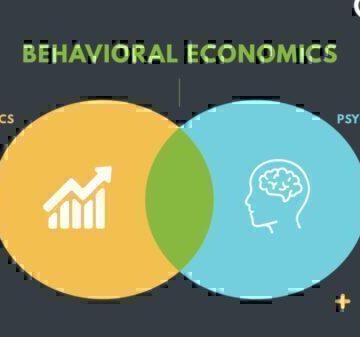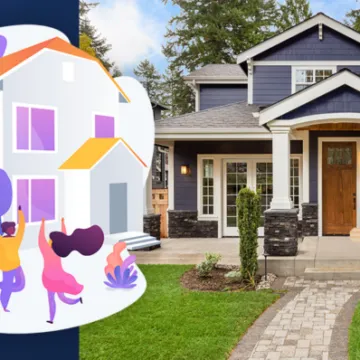Student loan borrowers are in the middle of the longest payment pause in history, now extended to August 31, 2022.
It’s hard to know what will happen next, but understanding your options will keep you on firm financial footing.
Let’s explore your student loan repayment options. Most student loans are funded by the U.S. government. These loans, called federal student loans, offer some flexibility in how they are repaid. Below is a brief explanation of some of the most common federal loan repayment options.
Standard Repayment – You pay a fixed monthly amount and pay off the loan in 10 years (or less). You pay the least amount of interest with this repayment plan.
Graduated Repayment – Starts with a lower monthly payment amount and then gradually increases the payment amount every two years. Like standard repayment, the repayment period is up to 10 years. However, you’ll pay more interest over the life of the loan.
Extended Repayment – Stretches loan payments from the standard repayment period up to 25 years. This lowers the monthly payment, but increases the total paid in interest. Total student loan debt must be more than $30,000.
Income-Based Repayment (IBR) – Can help borrowers keep their loan payments affordable, with payment caps based on their income and family size. This option can significantly lower payments and is best used in conjunction with a loan forgiveness program such as Public Service Loan Forgiveness. Repayment period is up to 25 years. Estimate monthly payments using the government’s Income-Based Repayment calculator.
Public Service Loan Forgiveness (PSLF) – Program for borrowers who work in certain kinds of “public service” jobs, including jobs in government and nonproft 501(c)3 organizations. It will forgive remaining debt after 10 years of eligible employment and qualifying loan payments. Also, during those 10 years, the Income-Based Repayment (IBR) plan can help keep loan payments affordable.
Pay As You Earn (PAYE) – Usually has the lowest monthly payment amount of the repayment plans that are based on your income. Your payment amount may increase or decrease each year based on your income and family size. Repayment period is up to 20 years. Use the government’s Pay As You Earn calculator to see if you qualify for the Pay As You Earn repayment program.
Federal Loan Consolidation – Can reduce the number of loans to one monthly payment. However, it usually won’t lower your overall monthly payment. Learn more by visiting www.studentaid.ed.gov. Private loans cannot be consolidated as part of this program.
Rehabilitation – Rehabilitating a defaulted loan requires nine on-time payments within 10 months. At that point, the loan is reinstated, derogatory remarks are removed from the credit report, and collection costs are waived. Rehabilitation arrangements are typically made by calling the original creditor or outside collection agency.
Deferment or Forbearance – Deferment or forbearance lets you temporarily suspend making your student loan payments. However, unless you have subsidized loans, interest charges will continue to accrue and the size of the loan will continue to grow during the deferment period. You’ll need to work with your loan servicer to apply for deferment or forbearance.
Education Deferment – As long as you are attending school at least half-time, payments on the loan can be deferred until after you cease to be enrolled half-time. In fact, most loan payments will resume six months after half-time enrollment ceases.
Economic Deferment – You may qualify for an economic deferment if you are experiencing economic hardship due to low income.
Unemployment Deferments – If you can’t find a job, you may be eligible for an unemployment deferment for up to three years after you get out of school.
Disability / Rehabilitation Deferment – You may qualify for a loan deferment if you’re unable to work due to an injury or illness, if you’re caring for a dependent or spouse that is disabled, or if you’re undergoing rehabilitation for an injury or illness.
Family Leave Deferment – A parental or family leave deferment may be available if you can’t work or attend school because you’re pregnant or caring for a newborn or a newly adopted child.
Military Deferment – You may be eligible if you’re on active duty as a member of the armed forces, or serving full-time in the National Guard or Reserves.
Talking with a financial counselor may put you at ease. Call the GreenPath Student Loan Helpline to get started today.
GreenPath Financial Service
Resources for Students and Graduates
If you’re starting college or is now repaying your student loans, take a look at these resources from GreenPath. These resources can help you plan for a financially healthy future.










